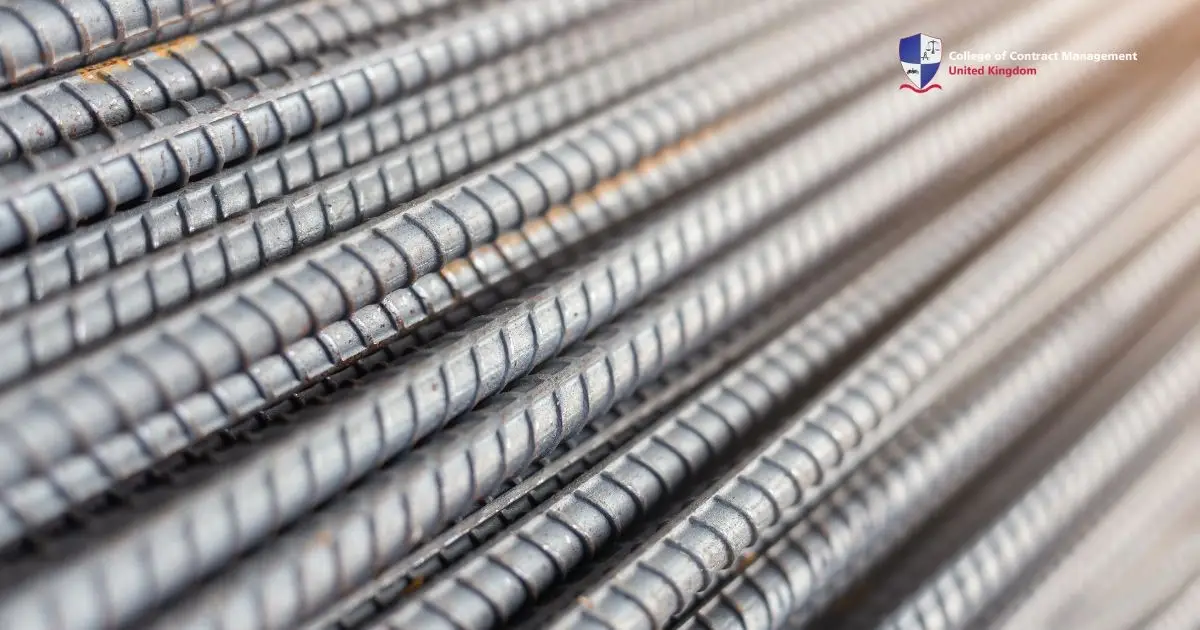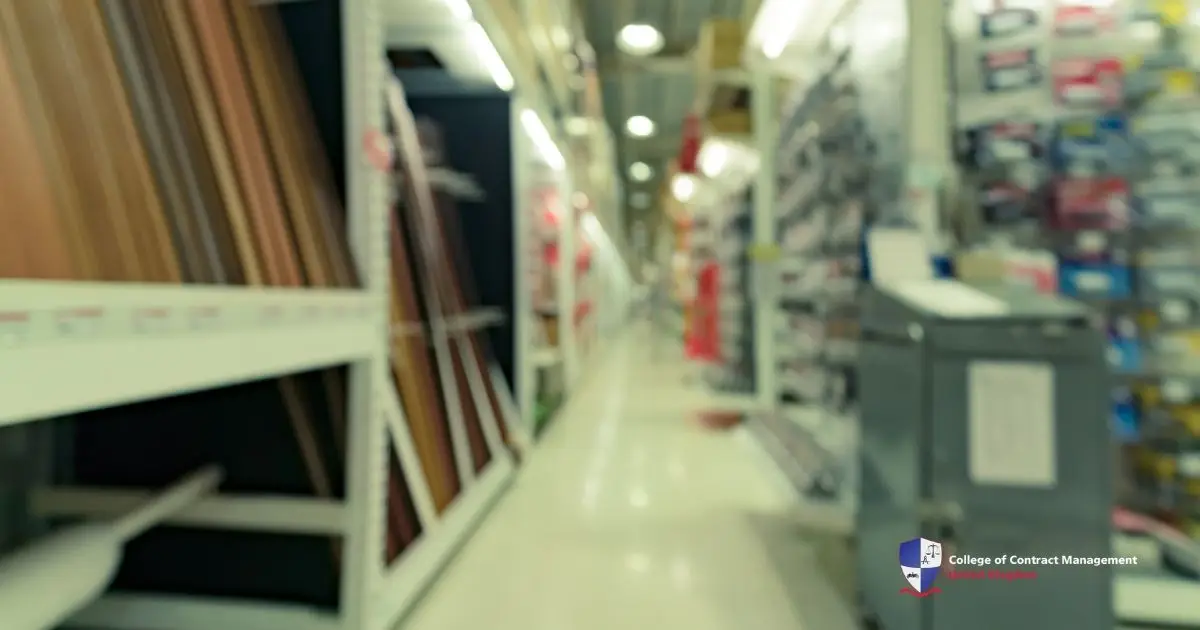In engineering, one of the biggest challenges is finding the right material. Since buildings need to last for a long time, they need materials that can support heavy loads, resist damage, and stay strong over time. On the other hand, using the wrong ones can damage the building, as well as cost more money for repairs. Therefore, using a metal rod in engineering helps to prevent this issue.
This article will look at the types of metal rods in engineering. We will explore how these items work in various industries. Besides, we’ll learn why this material is important to make structures last longer. Overall, understanding this helps you appreciate the work of engineers. Let’s take a look to make your project become more efficient!
What is a metal rod?
A metal rod is a long cylindrical bar from different types of metals. These include steel, aluminium, copper, and titanium. The rods go through processes like extrusion, which involves shaping raw materials into a uniform cylinder. In addition to that, they come in various sizes and strengths. For that reason, these rods are popular in engineering projects.
On the project site, engineers use metal rods for different tasks. For instance, they use steel rods for strengthening concrete in buildings and bridges. On the other hand, electrical wires use copper rods due to their ability to conduct electricity. When choosing rods for engineering, it’s important to consider the needs of the job. In the end, engineers can choose the right material and work efficiently.
Benefits of metal rods in engineering
Using a metal rod in engineering brings several benefits. For instance, they’re strong and handle damage well. In other words, these substances can support buildings for a long time. Aside from buildings, engineers also use these materials for various projects. This makes them a cost-effective choice to make engineering projects more long-lasting. Here is a further explanation of the benefits of metal rods:
- Strength and Durability: Using a metal rod for the foundation helps buildings last longer. This is because it handles heavy loads and the pressure of the building. Most importantly, it ensures the structure is secure and stable over time.
- Versatility: Metal rods come in different materials. These include steel, aluminium, copper, and titanium. Each of them has its own characteristic that makes it flexible. With this in mind, engineers can choose the right rod for specific work.
- Corrosion Resistance: Some metal rods can handle corrosion. This makes them ideal to use in harsh environments, such as underwater. By all means, it helps engineers save time and money because they don’t have to replace the rods often.
- Cost-effectiveness: Although metal rods cost more than other materials, they last longer and need less maintenance. This is because they use materials that make the rods perform well and hold up over time. In other words, they save more money in the long run.
- Ease of Fabrication: Metal rods are easy to work with. Engineers usually cut, bend, weld, or thread the rods into different shapes and sizes to fit specific needs. This makes them perfect for all kinds of engineering projects.
Types of metal rods
Engineers use metal rods in different industries. Each type of metal rod has special qualities that make it perfect for certain jobs. For instance, there are rods for building, electronics, or transportation. These items are key to getting the best performance and durability. Materials like steel, aluminium, copper, titanium, and alloys also have unique features that make them useful in specific areas.
Knowing what each type of rod can do helps people choose the best one for their project. In the next section, we’ll dive into the different types of metal rods.
Steel rods
Steel rods are a type of metal rod that comes from iron and carbon. Engineers use these rods to reinforce concrete. In this case, they use steel rods to make buildings, bridges, and roads more durable. For this reason, engineers call this rod “reinforcing bars” or “rebar”. At the same time, manufacturers use it as a threaded rod for fastening parts together.
Aluminium rods
Aside from steel rods, aluminium rods are also popular in construction. People use them for construction, manufacturing, transportation, and electrical work. To make these rods, the molten aluminium passes through a die to create the desired shape. What makes it interesting is that this type of rod handles the effects of air, water, and heat. As a result, this rod doesn’t corrode easily.
Copper rods
Copper rods are good at conducting electricity. People use this metal rod in electrical systems and electronic devices because copper carries electricity and heat efficiently. In industrial fields, workers use them to create cables and grounding systems. Alongside that, copper rods are also useful in water heating systems and lightning rods.
Titanium rods
Titanium rods are essential in engineering applications. This lightweight material can resist corrosion and extreme temperatures. In aerospace engineering, engineers use these rods for parts like frames and engines. In another case, automotive performance parts like valves and connecting rods also use this rod. These unique properties make titanium rods suitable for anything that needs to be strong and durable.
Brass and bronze rods
Another type of metal rod that are popular in construction are brass and bronze rods. Brass is an alloy of copper and zinc, while bronze comes from copper and tin. Manufacturers use brass rods in the production of electrical connectors. On the other hand, people use bronze rods in various mechanical and structural applications. In short, engineers use both materials depending on their needs.
How to use a metal rod in engineering
There are several ways to use a metal rod in engineering. For site projects, engineers place steel rods or rebar inside concrete to make large structures like buildings and bridges stronger. To hold parts together, engineers use eyebars and tie rods to keep structures safe and stable. Ultimately, these rods maintain the resistance of the buildings.
In mechanical engineering, the production of car parts like shock absorbers also uses steel rods. This is because they’re strong and light. In addition to that, steel structures in bridges and buildings use tie rods to carry loads. This rod ensures the structures stay strong and last for a long time. In other words, this prevents the separation of connected parts.
In electrical engineering, engineers use threaded rods to hang electrical components. This type of metal rod mounts and supports electrical panels, conduits, and cable trays. Aside from that, aluminum rods conduct power well. Overall, their ability to maintain structure and transfer energy makes them an essential part of modern engineering.
Conclusion
In conclusion, using a metal rod in engineering helps make buildings last longer. This is because metal rods are strong and durable. They also resist corrosion, which means they last longer and save money in the long run. These rods come in materials like steel, aluminium, copper, and titanium. Therefore, these items are key to ensuring projects are risk-free and solid.
If you want to learn more about materials in construction, the College of Contract Management is the right place. The college offers courses that cover everything you need to know about construction. Besides construction, the college covers other subjects that align with your career goals. In the end, they give you the knowledge to stand out in the industry. So, why wait? Enroll today and create a better path with us!





